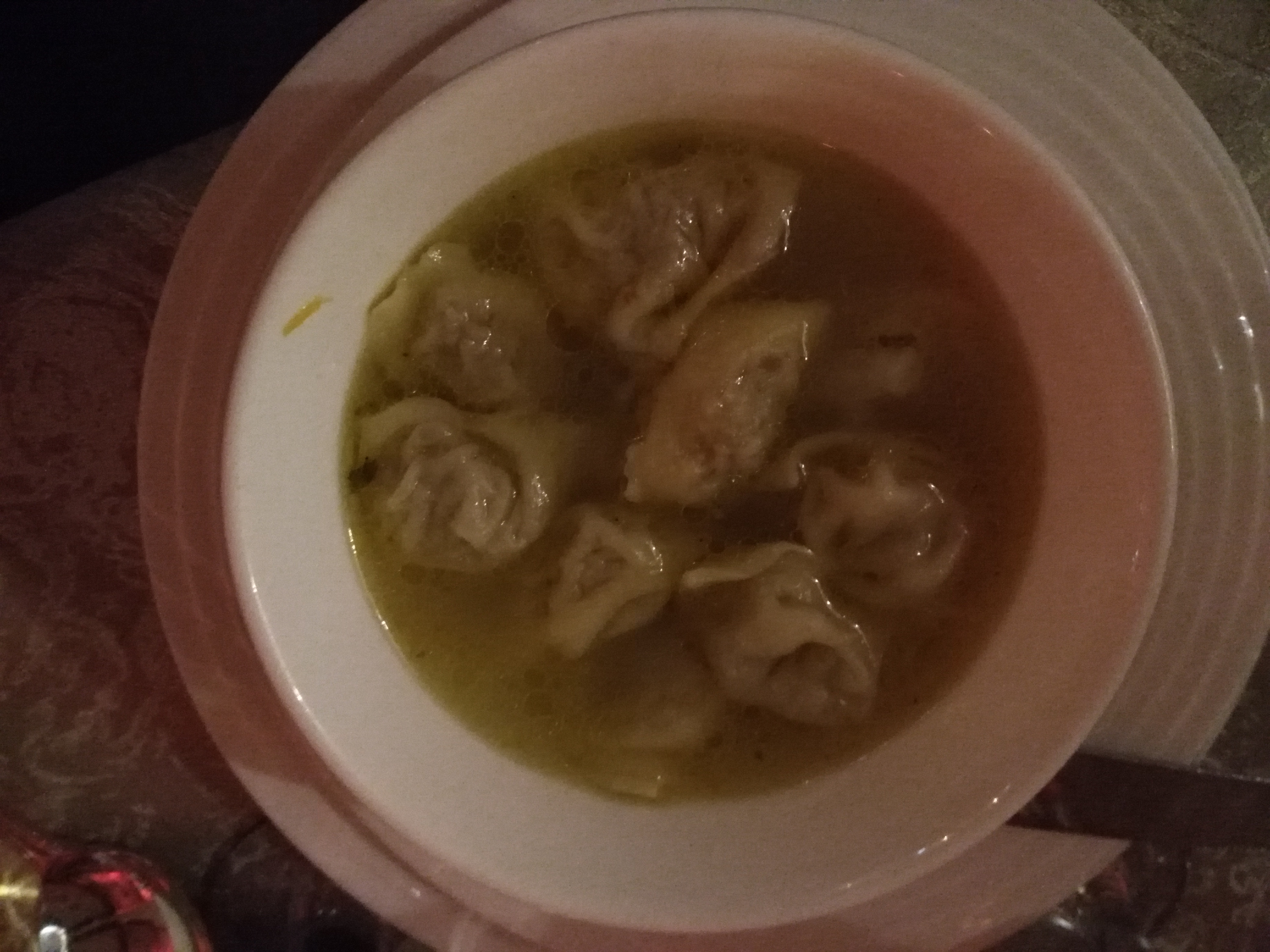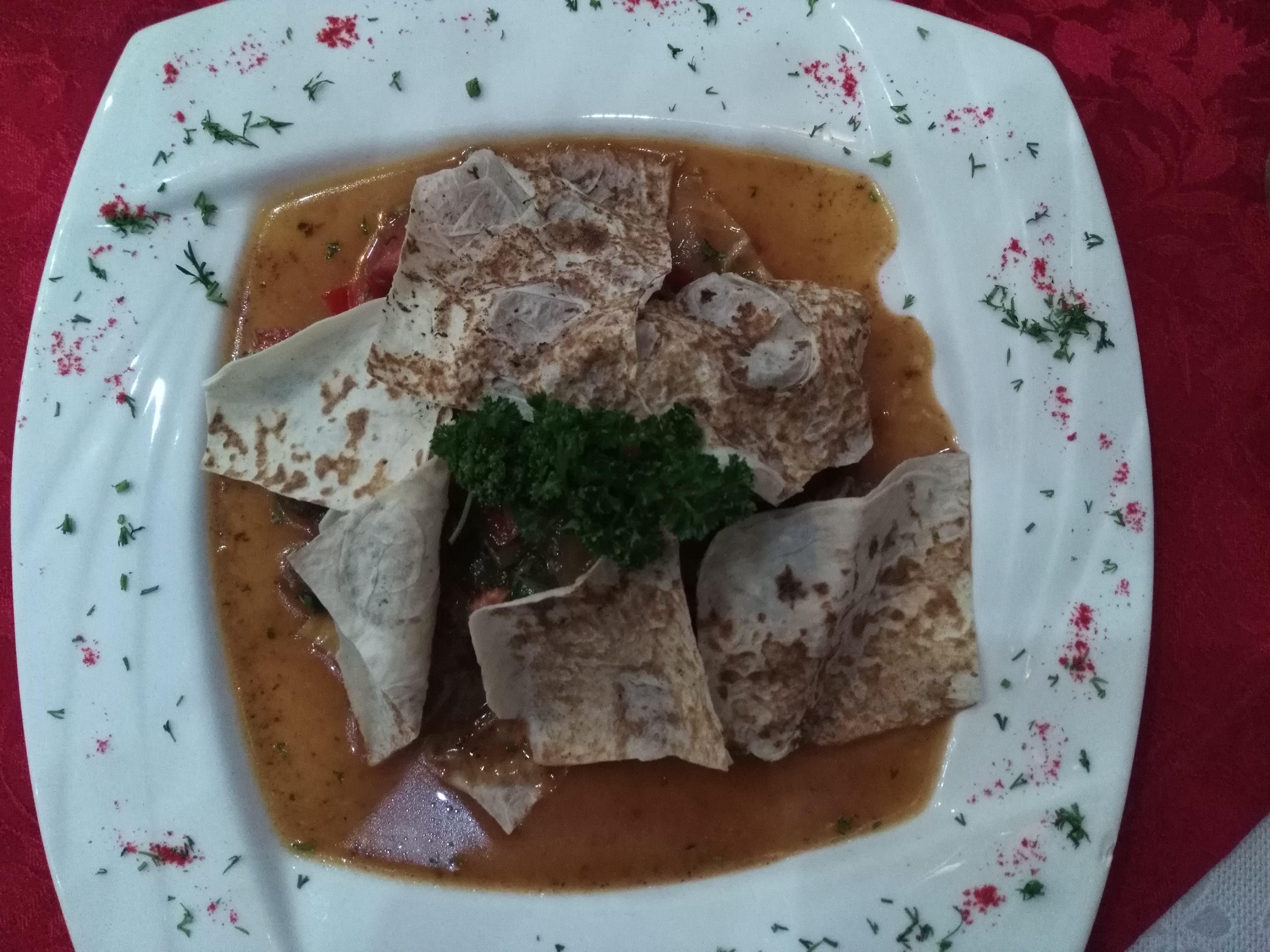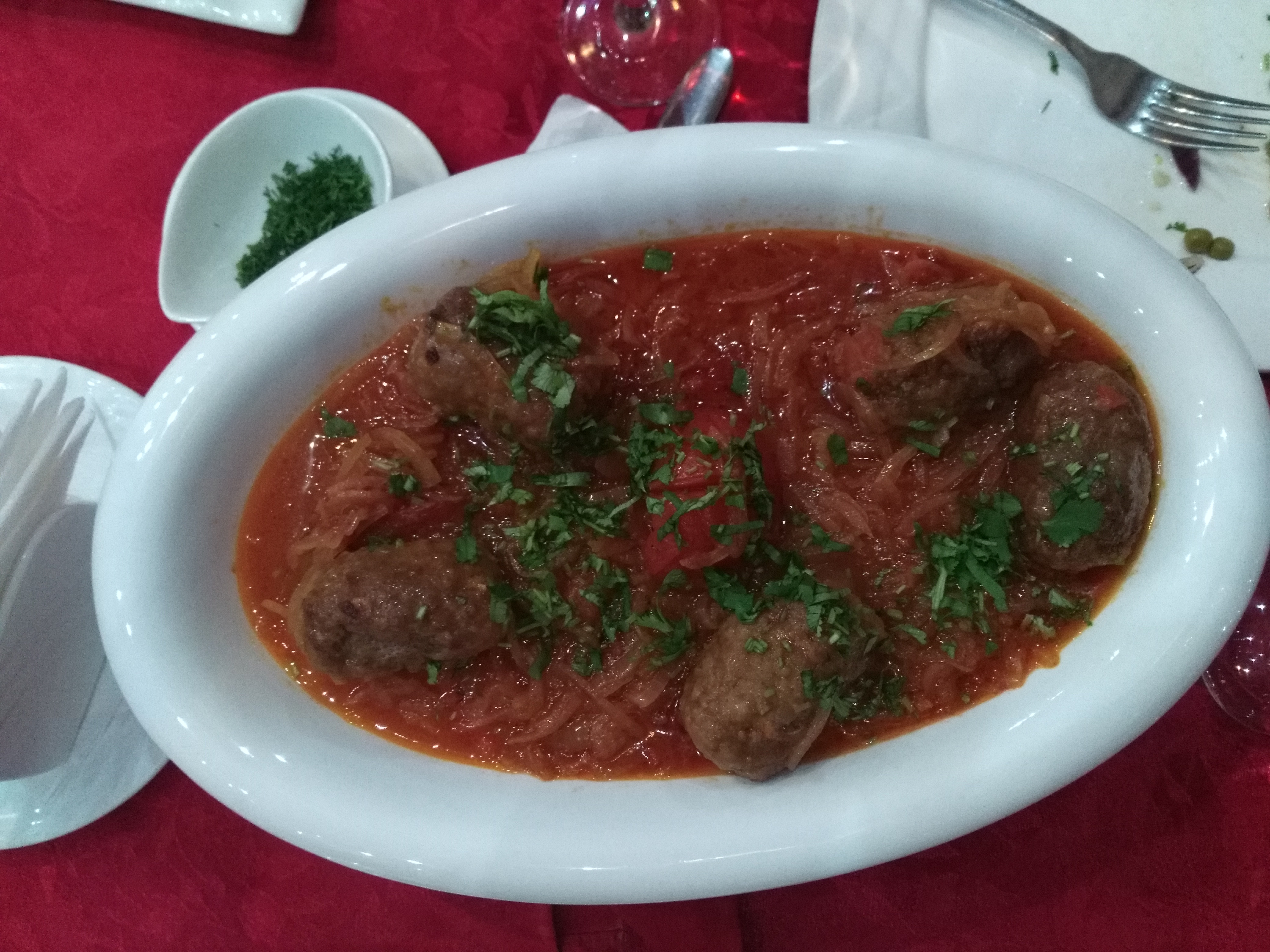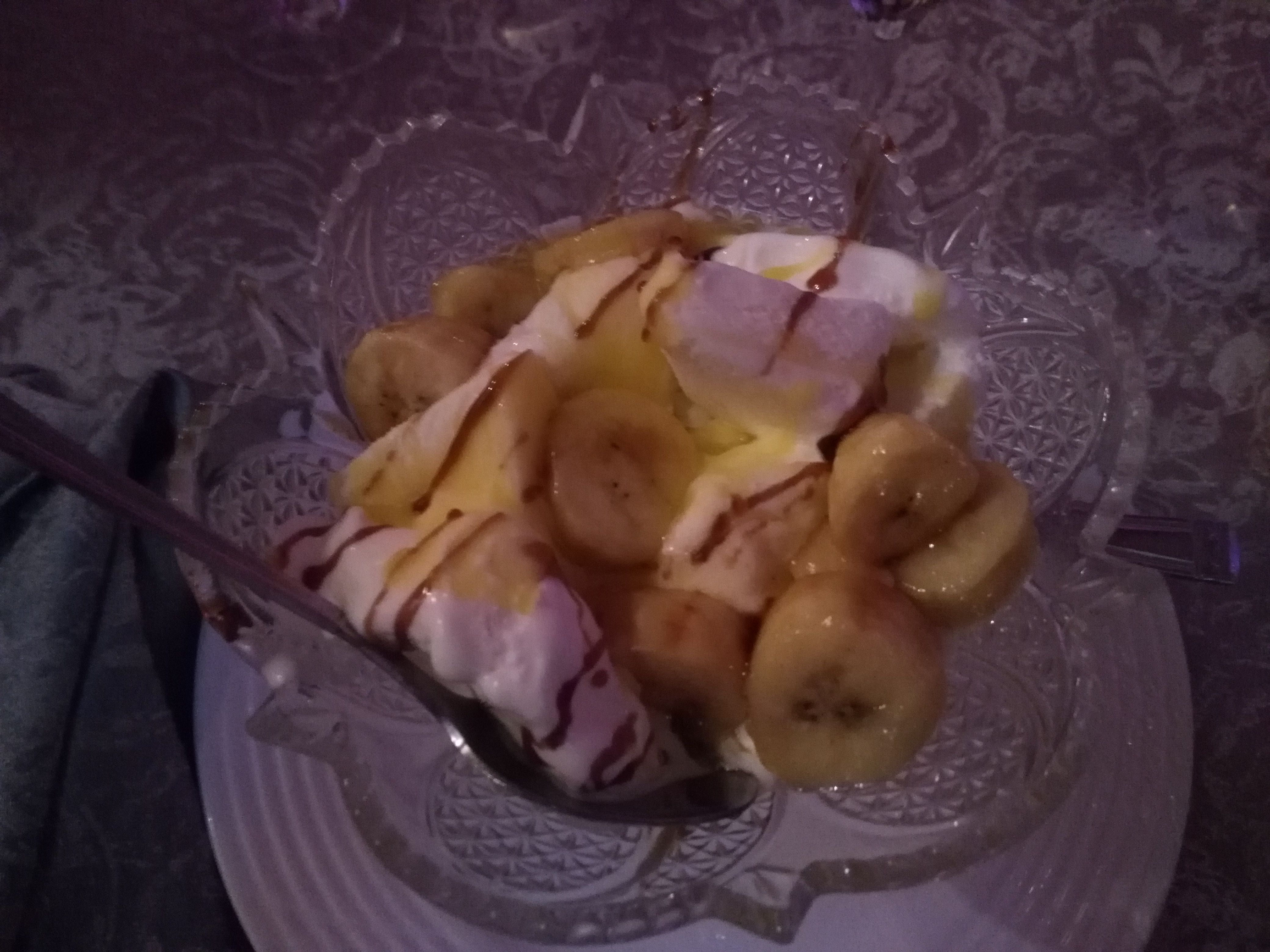Pearl of the East
25 Feb 2018
Reading time ~6 minutes
This past week was one of those weeks in which I did not conduct a single interview. Incidentally though, I ended up getting interviewed by someone with the magazine editorial dedicated to youth creativity and achievements, Yosh Kuch. The interview featured a fun mixture of questions dealing with huge problems or issues in society in addition to lesser consequential topics such as my preferences for food, music, literature, etc. As a relatively young person myself without any experience whatsoever in public policy, I couldn’t help but feel a bit underqualified to answer questions such as “how can youth best be invested with spirituality in society” or “how can we prevent youth from engaging in criminal or unproductive activities”. Sentiments of incompetence on my part aside, the interview was enjoyable and therapeutic.
I finally made my way out of Tashkent for a very shortlived, weekend-long stint to Samarkand, known variably as the “mirror of the world”, “garden of the soul”, “jewel of Islam”, “pearl of the East”, “center of the universe”, etc. However you like to put it, Samarkand is a fabulous travel destination, what with it’s historic significance, stunning architecture, and delicious grub. Other than that, I mostly spent this past week reading, writing, and planning, so this post is going to be on the notably shorter side and light-hearted side - mostly for y’all to appreciate the pictures really.
Abstract Art
The sheer amount of geometric designs and arabesque that I encountered in Samarkand immediately reminded me of Damir Ruzybaev’s words from my post a couple of weeks ago regarding the place/status of abstract art in Islamic civilization. Mr. Ruzybaev emphasized that because figurative depictions were largely taboo in historic Islamic civilizations (not always, of course, e.g. miniature paintings flourished in the Ottoman and Mughal empires), the bulk of art associated with such historic Islamic civiliations falls under the immensely wide umbrella of abstract art. In thinking about the relative permissibility of abstract art as opposed to figurative depictions, I was reminded of my conversation back in Penang, Malaysia with experimental musician and music educator Kamal Sabran, who reasoned that experimental music lacking lyrics and the real-world associations that characterize most pop music today is much less problematic in an Islamic light than, say, your average top 40’s single today. Just as geometric designs and arabesque seamlessly blend into Arabic calligraphy on facades of Islamic places of worship and reading materials dealing with Islam, experimental music that presents itself as an assortment of sounds between tones and noises more easily blends into the noise of life or the noises that surround us in our lives entirely without having any bearing at least superficially on morality or ethicality. Conjecture aside, I thought I would give you a taste of the pervasiveness of geometric designs and arabesque I encountered in Samarkand.
Building Facades
Most of the facades of historic sites in Samarkand I came across were simply staggering. One in particular bears further interrogation, however. The Sher-Dor Madrassah (the first item in the image carousel below) is one of three madrassahs (schools) a part of the Registan complex (the heart of ancient Samarkand). The Sher-Dor stands out from its two madrassah neighbors in the Registan and other notable examples of Islamic architecture from around the Muslim world due to two symmetrical tiger mosaics prominently displayed on the madrassah’s facade. I have come across this mythical tiger+human face figure in numerous places in Uzbekistan. For one, it can be found on the 200 som (Uzbek currency) note. It also features prominently on the facade of the Palace of International Forums. The presence of the mythical tiger+human face image on money, in museums, or on governmental buildings is not any more interesting than the depiction of the mythical tiger+human face image itself. It’s appearance on the facade of a historic madrassah is much more interesting however, because figurative depictions are normally completely prohibited in Islamic places of worship. While figurative depictions and musical instruments may very well be found in the homes of even very religious Muslims, most Muslims would likely highly object to the presence of such depictions and instruments on mosque grounds. Many Muslims recognize the inevitability of consumption and production of music and figurative illustrations. Even if they do not directly engage with such consumption and production on a daily basis or at all, they may understand that there is either nothing to do about such engagements or that there are other or bigger things to worry about. Nonetheless, there is a fairly universally agreed upon standard among most Muslims regarding the separation of such engagements from places of worship in which objects and activities associated with what is haram (forbidden), makruh (disliked) or mubah/lawgh (“neutral”/pointless action or amusement) is strictly unwelcome. Thus, one wonders how the ruler who ordered the construction of the Sher-Dor madrassah got away with plastering two tiger+human face image mosaics on its facade.
Tasty Treats in Tashkent and Samarkand
Food I had back in Tashkent this week was more or less the usual jive - plov, free breakfast at the hostel I stayed at for three weeks, etc. In Samarkand, I shook things up with Samarkand plov (layered as opposed to mixed up like in Tashkent), some banana split-esque dessert called “Samarkand”, a Turkish lamb dish, and some specialty meatballs. It seemed to me that half of the businesses in Samarkand were named after either the city itself, i.e. Samarkand, or it’s historic central square, Registan. Anyhow, I and other guests at the hostel I was staying at ended up eating at the very well-known restaurant named “Samarkand” for two nights in a row because of just how festive, impressive, and relatively inexpensive the place was. The place featured a collage of dancing from around the world which would likely make most students and scholars of visual anthropology cringe if not cry. Nonetheless, the live performances were highly entertaining to the general public in our company, particularly adult and middle-aged women who seemed to perform a single dance move incessantly during our time at the restaurant while their husbands and brothers were busy chatting or eating at the dining tables.

























